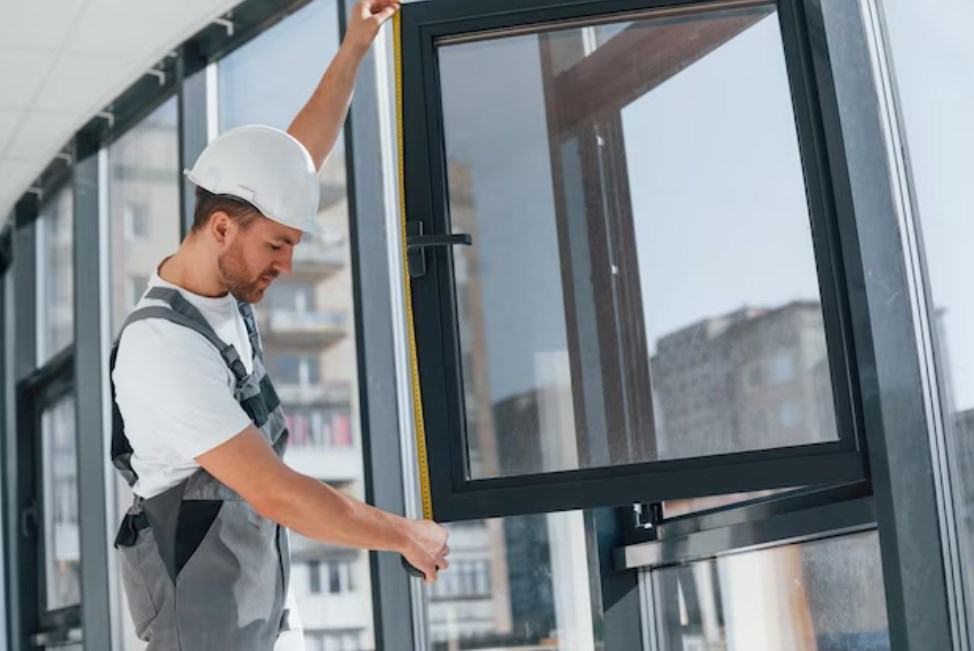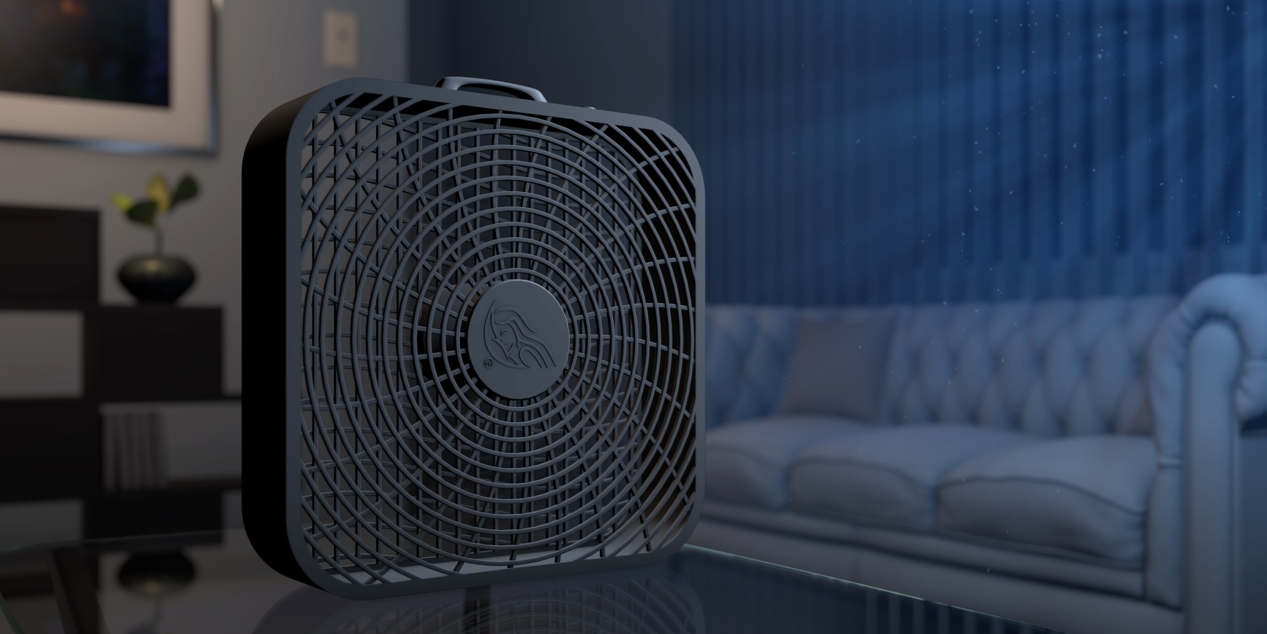This guide dives into the topic of using plastic film (PF), specifically Saran Wrap, as a window insulation method. We delve into its effectiveness, the underlying principles, and step-by-step implementation techniques.
Read on to equip yourself with this practical and cost-effective strategy to improve your home’s energy efficiency.
Unveiling the Reality of Plastic Film Window Insulation
A significant portion of heat movement within our living spaces is facilitated by the windows:
- When it’s hot, windows are the main conductors of heat from the warmer exterior environment into our interior spaces. Conversely, during the cold months, they allow the warm air generated by our heating systems to escape outside;
- Implementing window insulation measures can be a great strategy to reduce energy costs and to keep your living space from getting too warm during the summer, especially in hot climates;
- Window insulation kits are readily available in the market, however, sometimes utilizing materials already available in your living space can serve the same purpose. PF, commonly referred to as Saran wrap, is among the most preferred of these materials. That said, any PF can work as an insulator, thus it is not a must to purchase the branded variety.
Here’s a concise and handy guide on the effectiveness of Saran wrap for insulation purposes and how you can set it up in your living space.
Does Plastic Film Work Effectively in Window Insulation?
Plastic film can be used to insulate windows, albeit it’s not the most effective solution. It can offer a slight improvement in insulation for single-pane windows, but for double or triple-glazed windows, it’s less likely to have a significant impact unless it’s used to cover a crack:

Insulation with PF can be achieved in two primary ways:
- The first one involves using PF to seal invisible small gaps in the window panes. If there is a leak, irrespective of its size, then air (and consequently heat) can escape through it. Utilizing PF or cellophane can effectively seal these leaks, preventing the escape of air, especially when it is tightly attached;
- The second method involves taking advantage of the insulating properties of the PF material. Glass, a common material in windows, is a good conductor of heat. Therefore, when the interior temperature is higher than the outside, the heat is likely to pass through the glass.
Using a less conductive material such as clingfilm or PF slows down this transfer of heat. However, it’s important to note that this reduction is marginal given the thin nature of the PF.
That’s why bubble wrap is often preferred by many energy-conscious individuals. Bubble wrap is made from a slightly thicker plastic material, which provides better insulation. The embedded bubbles add an extra layer of trapped air that further enhances its insulating properties.
However, PF is more readily available – you might even have a surplus at your disposal. If not, it’s generally cheaper and can be easily procured from your local grocery store or ordered online.
Implementing Plastic Film on Windows
There are two main methods of attaching PF to your windows. You can either directly stick it to the window or opt for a double-layer approach where the film is then taped to the window frame:
- With the first approach, the process is simpler as you can directly adhere it to the window. The main challenge with this method is ensuring the film does not stick together, which is a common occurrence. There’s a workaround for this, which will be discussed later;
- On the other hand, the double-layer approach provides thicker insulation as it traps an air bubble between the windowpane and the PF. However, it has to be taped all around the frame to ensure a tight seal, which might affect its appearance.
Here’s a step-by-step guide to installing a single layer of plastic film on your windows:
- Start by placing your PF in the freezer for approximately an hour. This simple technique helps to prevent the film from sticking to itself when unrolled;
- When ready, retrieve it from the freezer and unroll it, cutting it to the desired length for your window. If it’s not wide enough to cover the entire window in one go, cut out two pieces;
- Quickly, before the film warms up, bring it to the window, ensuring the window is devoid of any moisture and is clean;
- Initiate the application process by pressing the plastic film against one corner of the window. Then, using a hard-edged object, press the film against the window, taking care not to leave any air bubbles. An object like a credit card can work for this purpose. Ensure you’re not too forceful to avoid tearing the PF;
- The final step is optional, and its necessity depends on whether you want the film to be visible. Air bubbles could enhance the insulation but may compromise the aesthetic appeal. Thus, you might want to leave them on windows in areas where you seldom spend time.
Some individuals recommend using a heat gun or hair dryer to gently heat the plastic film, helping it settle into place. This might not be necessary, but it’s an additional step you could try if the film appears to be sagging. Exercise caution not to melt it off the window.
The key point is to ensure there are no air bubbles around the edges, as a tight seal is required to stop warm air from directly contacting the glass.
Here’s a guide to installing a double layer of PF on your window:
- Like with the single-layer approach, place the plastic film in the freezer for an hour;
- When ready, cut the film to the desired length. It should be double the length of your window pane plus a few extra inches to account for attachment to the frame edges;
- Before the film thaws, fold it in half to create a double layer;
- Bring it to your dry, clean window and use tape to stick it to one edge of the window frame, ensuring there are no gaps and that the seal is tight;
- Work your way around the window frame, securing an air bubble against the glass and ensuring there are no gaps when you tape the plastic to it.
Advantages and Disadvantages of Plastic Film Window Insulation
Indeed, window insulation with PF isn’t suitable for everyone. Here’s a rundown of its pros and cons to aid in your decision-making process:
Benefits:
- It’s economical: An average PF roll typically costs around $4 and one roll could be sufficient for most of the windows in your living space. This offers better value compared to dedicated window insulation kits that could cost $10 for a smaller roll;
- If a single layer is installed bubble-free, visibility won’t be compromised, and visitors will be none the wiser that your windows have been insulated (unless they touch it);
- It’s easy to remove and doesn’t leave behind any marks or residue;
- It can inhibit mold growth: Condensation, which forms on the window (especially single-pane windows) when hot air meets cold glass, can be avoided as PF doesn’t get as cold, meaning condensation doesn’t form. No moisture on the frame reduces the likelihood of mold growth.
Drawbacks:
- It’s only effective on single-glazed windows and even then, its insulation performance is marginal. Other methods can lead to greater energy bill savings;
- The installation process can be somewhat challenging, even with the freezing trick;
- Installing it bubble-free, for aesthetic purposes, can be time-consuming;
- Once removed, the film will stick to itself and can’t be reused.
Conclusion
Plastic film, often referred to as Saran wrap, is among the most cost-effective choices for window insulation, even though it may not be the most efficient. However, that doesn’t render it unworthy of consideration.
In addition to its affordability, PF is also lauded for its ability to maintain window visibility. If your window offers a beautiful view, you certainly wouldn’t want to compromise that with an insulator like bubble wrap that obscures the view.
If the idea of reducing heat loss through your windows, curtailing mold growth, and maintaining the aesthetics of your windows, appeals to you, give plastic film or generic cellophane a shot. Even if just in less frequently used spaces such as guest rooms.
If you’re still unsure about trying this and are willing to invest a bit more, then a window insulation kit may prove to be your optimal solution.








